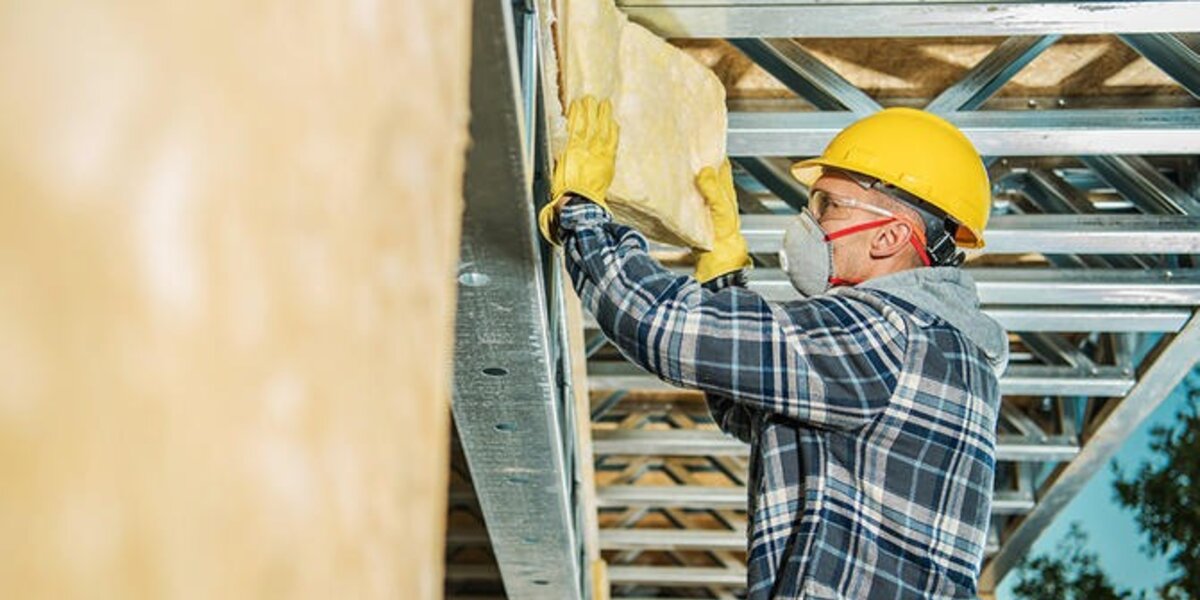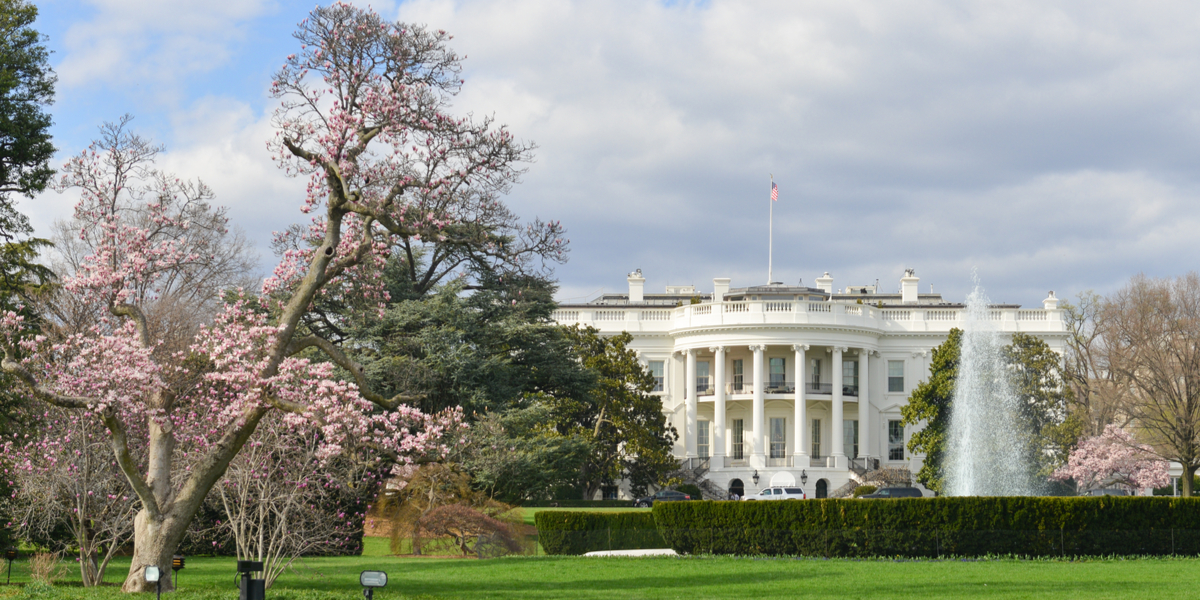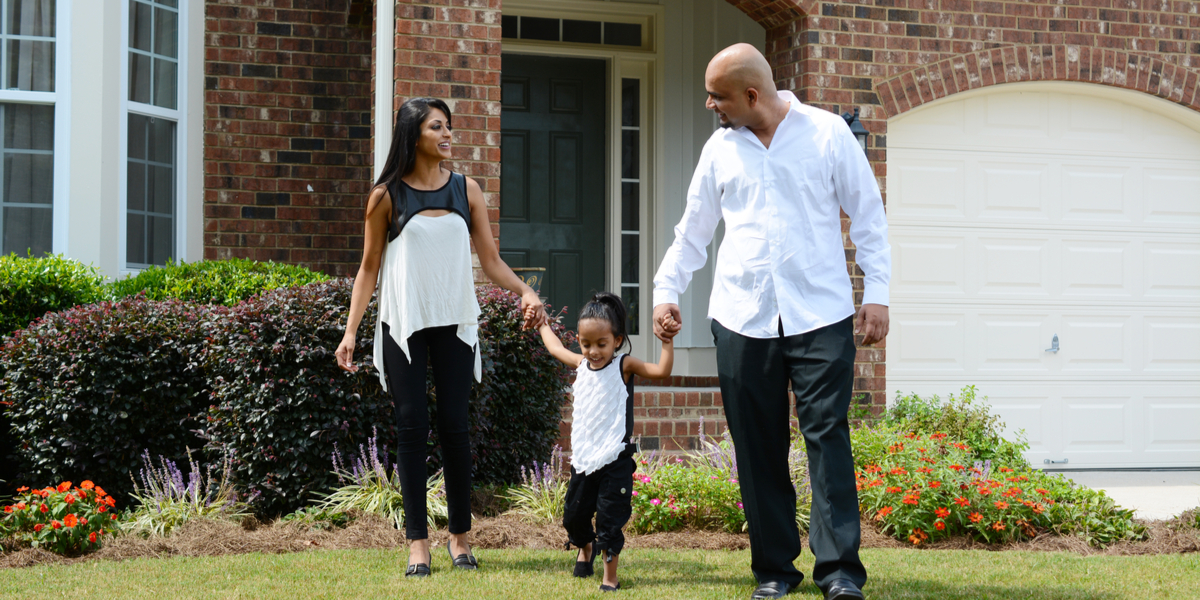Navigating the COVID-19 Pandemic: How Can Efficiency Help?
Let's Save Energy
Alliance to Save Energy's Blog
Navigating the COVID-19 Pandemic: How Can Efficiency Help?

I am writing this (and are you are probably reading it) from home after the Alliance initiated a work-from-home policy on March 12 to protect our employees, families, and Associates. In the meantime, the COVID-19 emergency response is in full swing around the world. In the U.S., federal, state, and local governments are responding to both the immediate health threat and the growing economic crisis. It’s clear that this uncertain time is going to require an unprecedented response, and that will include in the efficiency sector.
So far, Congress has passed two emergency response bills to help with the immediate impacts of COVID-19, and a third federal stimulus bill is in the works to provide needed support to individuals, small businesses, healthcare workers, and federal agencies. The work won’t stop there, and the energy efficiency community can play a critical role in helping address the health emergency, the economic recovery, and the longer-term climate crisis.
Right now, energy efficiency workers are on the front lines of emergency response, providing critical products and services to healthcare facilities. These services include maintaining and updating critical energy infrastructure, HVAC equipment, building controls, filtration, and patient room pressurization systems in healthcare facilities. They are also involved in converting non-critical spaces into critical care isolation rooms at existing hospitals and converting vacant dormitories, barracks, hotels, and nursing homes into temporary healthcare facilities. The energy efficiency industry has the skills, experience, and technology to implement these projects quickly and safely.
At the same time, we are already seeing severe disruptions to economic activity and employment in our sector. Many of you might remember the American Reinvestment and Recovery Act (ARRA) of 2009, which provided almost $27 billion in funding for energy efficiency improvements, delivering a well-timed economic boost that helped many companies and workers get through the Great Recession while reducing the energy cost burden facing low- and middle-income families. The Weatherization Assistance Program (WAP) received nearly $5 billion in additional funding as part of ARRA, which supported the weatherization of more than 800,000 sites over a four year period and the creation of 28,000 direct and indirect jobs in 2010 alone. Other programs included a State Energy Program, an Energy Efficiency & Conservation Block Grant Program, as well as Residential Clean Energy and Energy Efficiency Tax Credits.
According to a study released just this week by Energy Futures Initiative and NASEO, the energy efficiency workforce is among the largest in the U.S. energy economy, representing nearly 2.4 million jobs. Those jobs are now threatened, but we have immediate opportunities to reduce the hardship. For example, with K-12 schools, universities, and other public buildings being closed through the summer, there is a unique opportunity to quickly execute retrofit projects that not only keep energy efficiency construction, manufacturing, and service workers employed, but also deliver long-term energy cost savings to taxpayers.
In the longer-term, the world needs to maintain an urgent focus on addressing climate change, which represents its own economic opportunity. While limited travel and the economic slowdown may temporarily reduce carbon emissions, history shows that they quickly begin to rise again after the recovery. Energy efficiency provides a unique opportunity to improve the safety of healthcare facilities and accelerate economic recovery all while reducing greenhouse gas emissions and increasing climate resilience. Now would be the wrong time to put ambitious energy efficiency and climate action on the back burner and focus on economic recovery programs independent of the potential environmental impact.
The Alliance will continue to provide you with timely updates of important federal actions as well as the ongoing work of Active Efficiency, EE Global Alliance, and other initiatives during this uncertain time. We also are busy planning a series of virtual events to engage our Associates as well as the greater global energy efficiency community over the coming months and look forward to your participation.
Most importantly, we hope that you and your families remain healthy and safe over the challenging days ahead.
RECENT BLOG POSTS
STAY EMPOWERED
Help the Alliance advocate for policies to use energy more efficiently – supporting job creation, reduced emissions, and lower costs. Contact your member of Congress.
Energy efficiency is smart, nonpartisan, and practical. So are we. Our strength comes from an unparalleled group of Alliance Associates working collaboratively under the Alliance umbrella to pave the way for energy efficiency gains.
The power of efficiency is in your hands. Supporting the Alliance means supporting a vision for using energy more productively to achieve economic growth, a cleaner environment, and greater energy security, affordability, and reliability.



